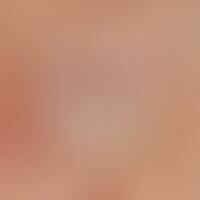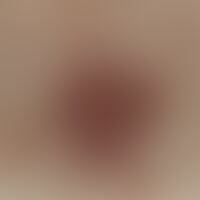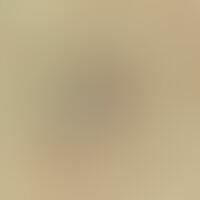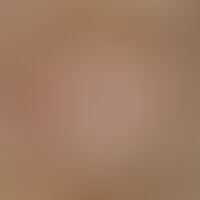Neurofibroma Images
Go to article Neurofibroma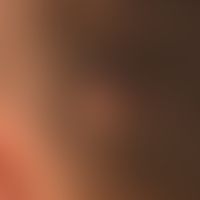
Neurofibroma: slow-growing, diffuse neurofibroma known for years, no evidence of neurofibromatosis.

Neurofibroma in type I Neurofibromatosis: multiple neurofibromas

Neurofibroma in Type I Neurofibromatosis: Multiple Neurofibromas

Neurofibroma in Type I Neurofibromatosis: Multiple Neurofibromas
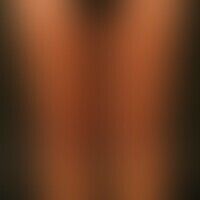

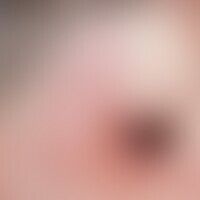
Neurofibroma. Large, soft, slightly reddened, dewlap-like tissue enlargement in the area of the right half of the face, no indication of systemic disease.
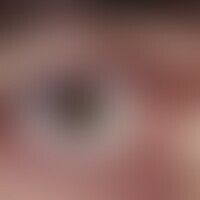
Neurofibroma. 35-year-old patient has a pea-sized, skin-colored, soft, smooth lump in the region of the right lower lid. In addition there is a seed of skin-colored to light brown, bulging, partly stalked tumors in the region of the trunk as well as café-au-lait spots and axillary freckling in neurofibromatosis generalisata.
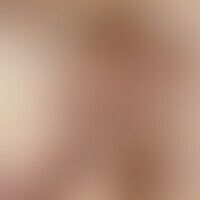
Neurofibroma. 53-year-old female patient who has this large, flatly bulging, lobed, conspicuously soft, partly skin-coloured, partly light brown tumour (dewlap) on the integument, measuring about 25 cm in the transverse axis. No subjective complaints. No further indications of a neurofibromatosis (no other neurofibroma or café-au-lait spots).
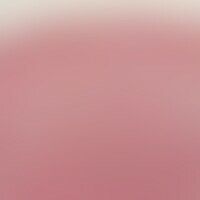
Mixedneurofibroma with a diffuse portion in the upper and middle part of the dermis and a plexiform (encapsulated) portion in the deep areas of the dermis.

Diffuseneurofibroma with a dense, cell-rich stroma that homogeneously permeates the entire dermis, and a tumour-free border zone to the surface epithelium.
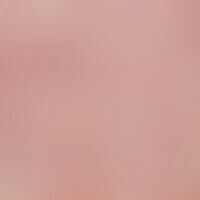
Neurofibroma. detail enlargement: plexiform part of a mixed neurofibroma. strands of undulating endoneural connective tissue with diffusely distributed spindle-shaped cell nuclei.

Neurofibroma. detailed view of the tumor stroma in diffuse neurofibroma. loosened stroma with an irregular, confused distribution of the cell nuclei, which are partly spindle and partly wavy. left picture: section of a bizarrely configured vessel.
